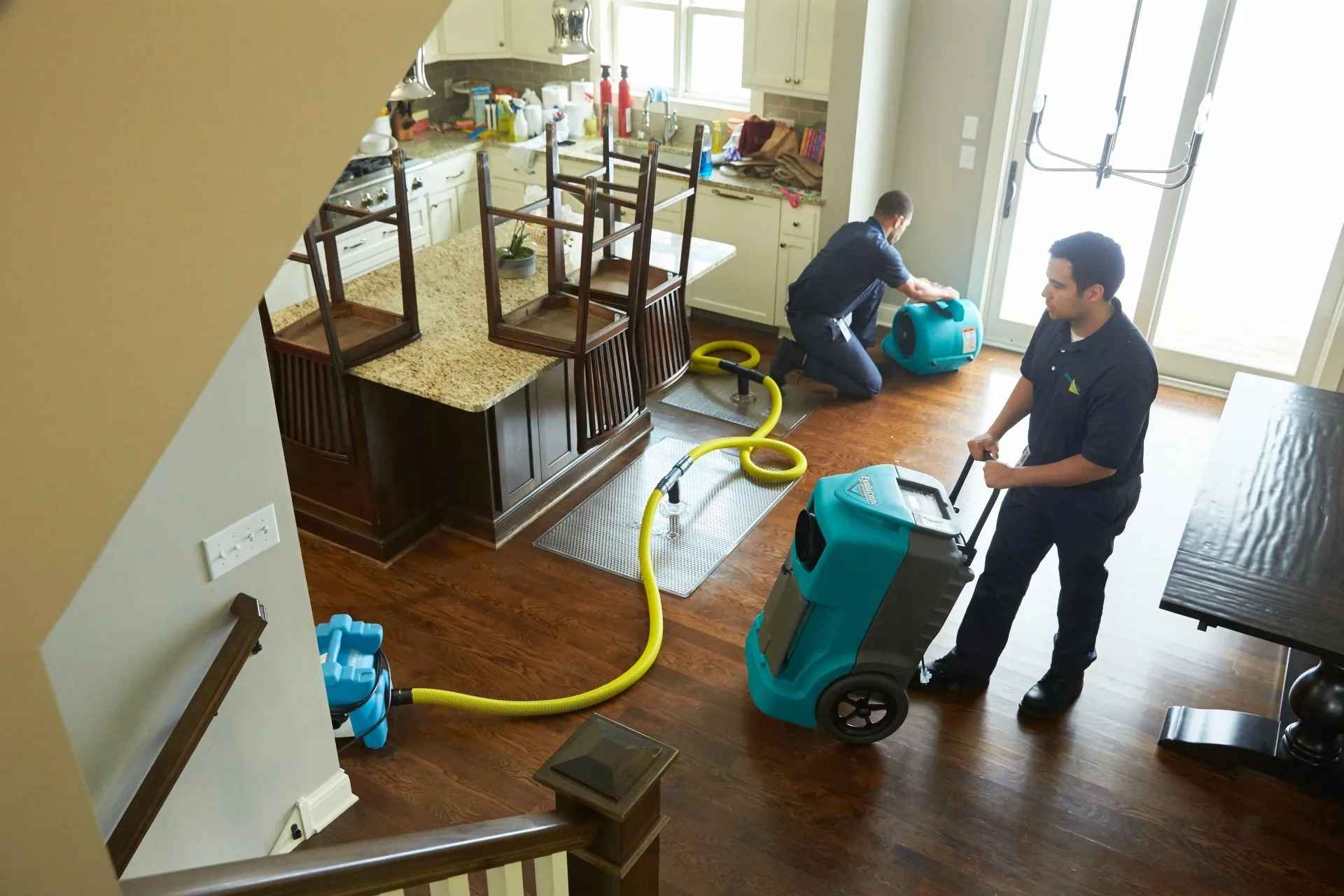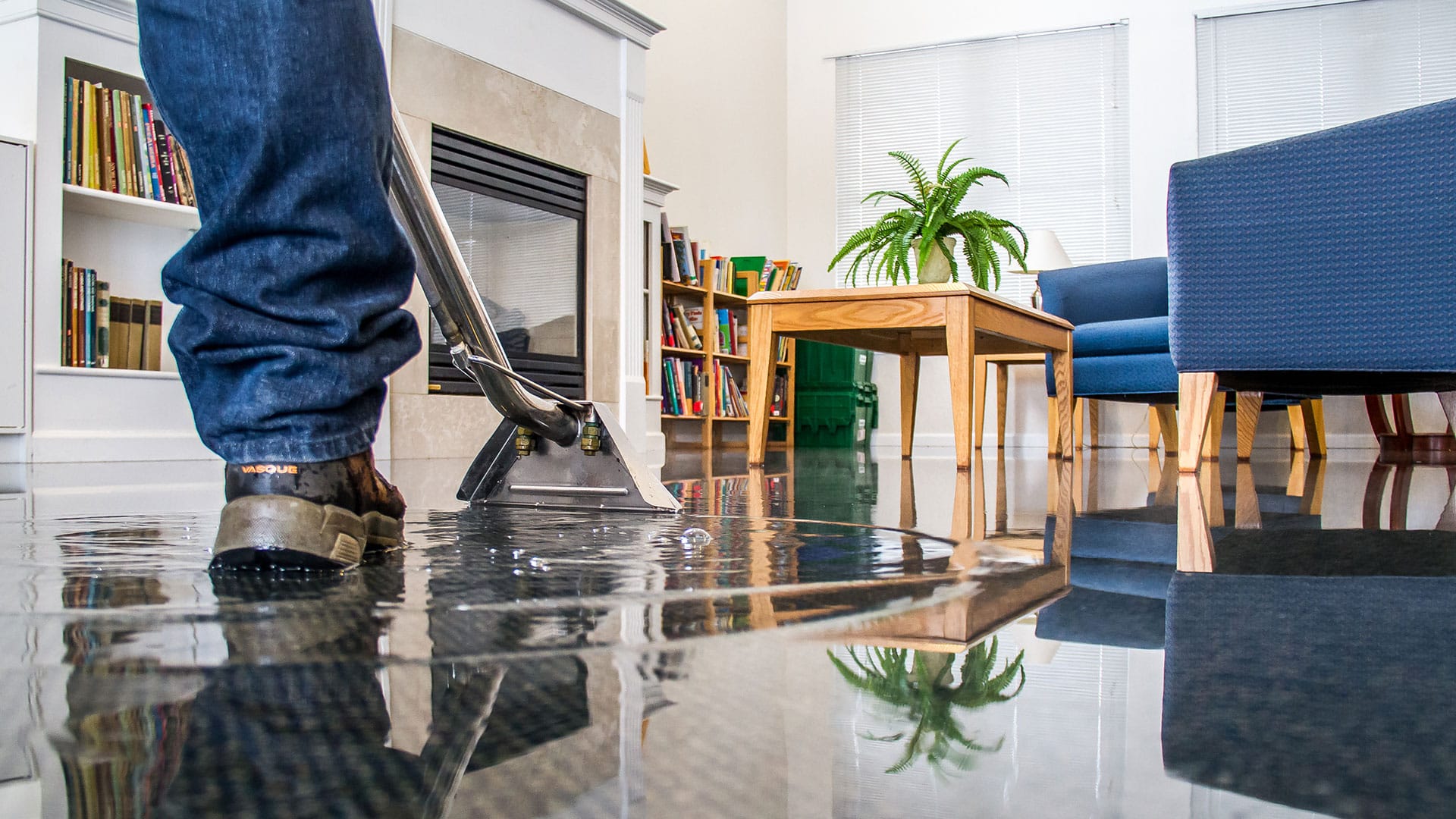Water Damage Restoration 101: Recognizing the Process and Price
Water damage can strike unexpectedly, leaving property owners in a state of complication. Recognizing the restoration process is vital for efficient healing. From reviewing the damage to picking the appropriate solution provider, each action influences the overall outcome and cost. Aspects such as the sort of water damage and seriousness also play a substantial duty. What are the details strategies made use of in restoration, and exactly how can one get ready for prospective costs?
Types of Water Damage
Water damage can occur from various sources, each presenting one-of-a-kind obstacles for repair. The 3 main types of water damage are categorized based upon contamination degrees: clean water, grey water, and black water. Tidy water stems from resources like broken pipelines or rain, presenting very little health risks. Gray water, which consists of wastewater from sinks or cleaning devices, includes pollutants that might create pain or health problem if ingested. Black water, the most unsafe classification, originates from sewage or floodwaters, consisting of harmful microorganisms and microorganisms. Each type requires particular restoration methods and safety and security procedures to successfully address the damage and alleviate health threats. Recognizing these differences is important for homeowners and experts associated with the water damage restoration procedure.
Initial Evaluation and Inspection
A complete first assessment and evaluation are crucial action in the water damage reconstruction process. This phase begins with an expert assessing the degree of the damage, recognizing the resource of the water invasion, and determining the sort of water included - Flood Cleanup Services. Professionals make use of specialized equipment to measure moisture levels in different materials, such as wall surfaces, floors, and furniture. Furthermore, they examine structural stability and prospective health and wellness risks, including mold and mildew growth. The searchings for from this examination educate the reconstruction strategy, assisting needed actions and source appropriation. Exact paperwork of the damage is crucial for insurance coverage cases and future reference. Overall, this first analysis prepares for efficient remediation, making sure a comprehensive response to the specific scenario at hand

Water Removal Methods
Following the first analysis, efficient water removal methods are employed to minimize damage and stop additional issues. These strategies include making use of specific devices such as industrial-grade vacuum cleaners and completely submersible pumps. The selection of approach depends upon the volume of water existing and the kind of materials impacted. For standing water, submersible pumps are usually used for rapid elimination, while vacuums are perfect for extracting water from rugs and upholstery. In addition, advanced approaches like water extraction floor coverings may be utilized for hard-to-reach areas. The objective is to eliminate as much water as feasible, reducing the potential for mold development and structural damage. Motivate and efficient water extraction is essential in the general water damage reconstruction process.
Drying Out and Dehumidification Process
As soon as the water extraction is full, the drying out and dehumidification process ends up being crucial to bring back the damaged area. This phase normally uses industrial-grade dehumidifiers and air moving companies to properly minimize moisture degrees. The dehumidifiers attract in moist air, eliminating excess moisture, while air moving companies flow air to accelerate dissipation. Surveillance tools is typically used to track moisture and temperature levels, ensuring suitable drying out conditions. The duration of this process can differ relying on the extent of the water damage and ecological variables. It is necessary to extensively completely dry all affected materials, including walls, flooring, and furnishings, to avoid mold and mildew development and architectural damage. Correct implementation of this step is important for a successful remediation outcome.
Cleaning and Sanitizing Affected Areas

First Evaluation and Inspection
Before beginning any kind of remediation initiatives, a thorough preliminary evaluation and examination of the affected locations are crucial for efficient cleansing and sterilizing. This process entails identifying the level of water damage, identifying the resource of the water breach, and reviewing the materials affected. Examiners commonly try to find indicators of mold development, architectural honesty concerns, and damaged valuables. The analysis additionally consists of examining dampness levels utilizing customized devices to guarantee no covert water pockets stay, as these can lead to more issues. Recording the searchings for is crucial for planning the next action in the reconstruction procedure. A detailed preliminary assessment enables remediation professionals to create a targeted approach for reliable cleaning and sanitizing, inevitably decreasing damage and health risks.
Cleaning Techniques and Products
Reliable cleaning and sanitizing of water-damaged locations require a variety of products and methods tailored to the particular products affected. For porous surfaces like drywall and carpets, extraction methods are important to get rid of excess dampness, adhered to by deep cleansing with specialized cleaning agents. Non-porous products such as floor tile or steel can be cleaned up making use of commercial-grade cleansers that effectively get rid of contaminants. Vapor cleansing is an additional reliable method, specifically for carpetings and upholstery, as it utilizes high temperatures to remove bacteria and mold. Furthermore, environmentally friendly products are progressively popular for their safety and security and effectiveness. Emergency Water Removal Ultimately, choosing the appropriate cleaning approaches and items not only assures immediate tidiness but additionally help in preventing more damage and carcinogen connected with water invasion.
Sanitization and Disinfection Techniques
When dealing with water damage, correct sanitization and disinfection methods are necessary to guarantee the security and health of the affected atmosphere. After initial cleaning, surfaces must be treated with ideal disinfectants to remove microorganisms, mold, and bacteria that flourish in moist conditions. Usual approaches consist of the usage of EPA-approved chemical disinfectants, which can be applied with splashing or cleaning methods. Additionally, ultraviolet (UV) light systems can properly sterilize areas by reducing the effects of microbes without extreme chemicals. The selection of technique usually depends upon the sort of materials impacted and the level of contamination. Eventually, thorough sanitization not only brings back a risk-free living room however also aids prevent future wellness risks connected with sticking around dampness and mold development.

Repairs and Restoration Options

Factors Affecting Restoration Expenses
The degree of water damage directly impacts the remediation costs house owners can anticipate to incur. Aspects such as the source of the water, the period of exposure, and the afflicted products significantly influence pricing. For circumstances, clean water damage from a broken pipeline is typically much less pricey to restore contrasted to damage brought on by sewer. Additionally, the degree of contamination dictates the demand for specialized cleaning and disposal services, even more boosting costs. Geographic location additionally plays a duty, as local labor rates and availability of reconstruction services can vary. The necessity of the reaction influences costs; quicker interventions usually lead to reduce total expenditures by protecting against further damage. Comprehending these variables is important for property owners when estimating remediation costs
The 3 key types of water damage are classified based on contamination degrees: clean water, gray water, and black water. A complete initial analysis and assessment are crucial actions in the water damage restoration process. For standing water, completely submersible pumps are commonly utilized for rapid removal, while vacuum cleaners are optimal for extracting water from carpets and furniture. The extent of water damage straight affects the remediation costs homeowners can expect to sustain. Tidy water damage from a broken pipe is usually less expensive to restore contrasted to damage created by sewage.